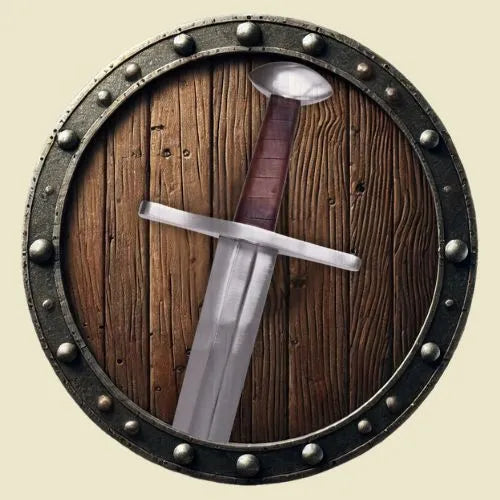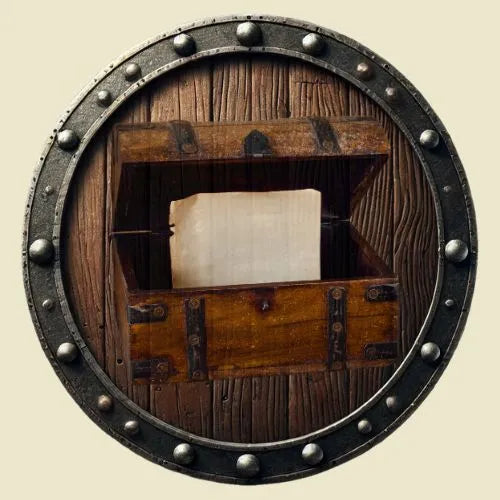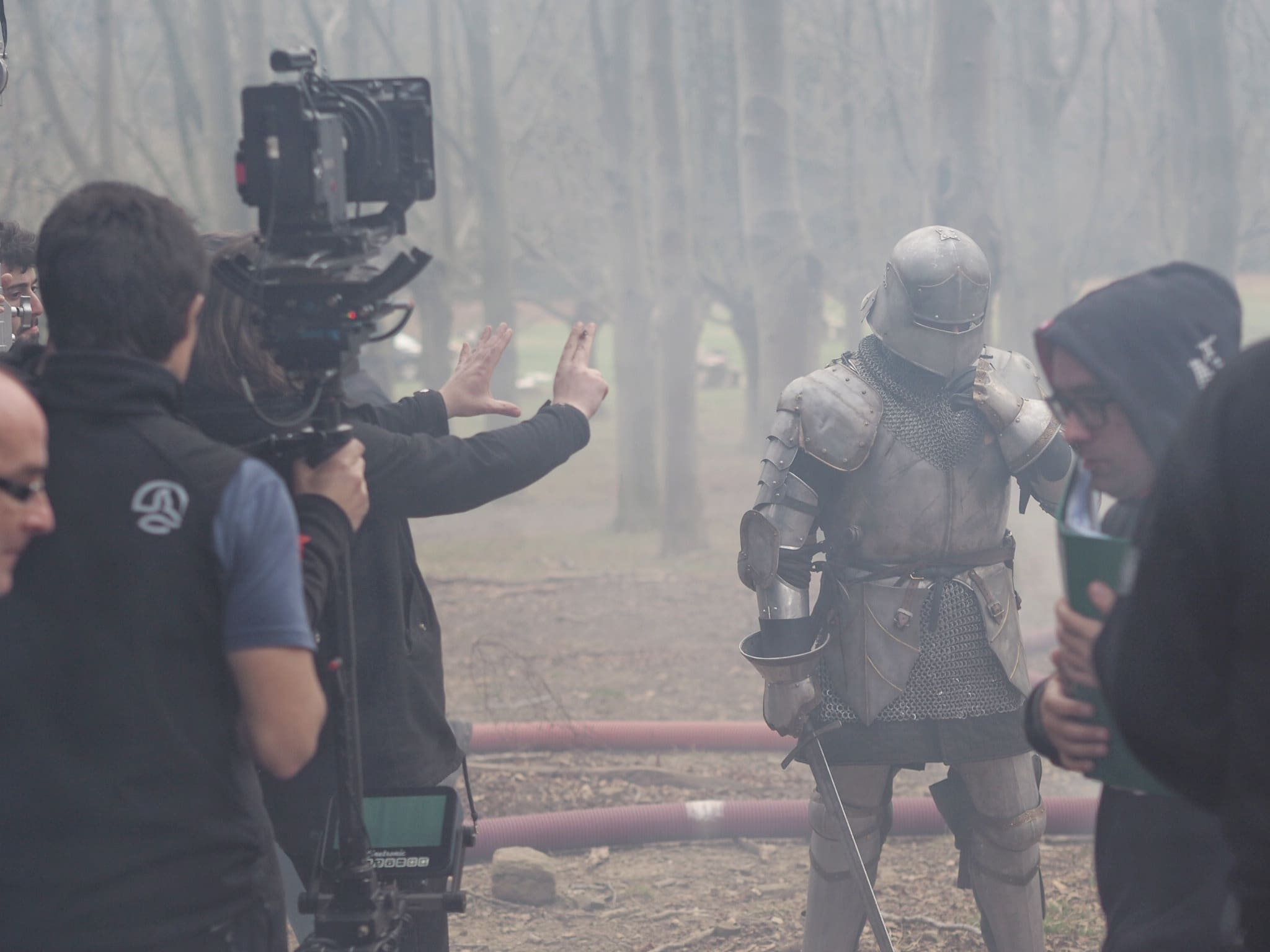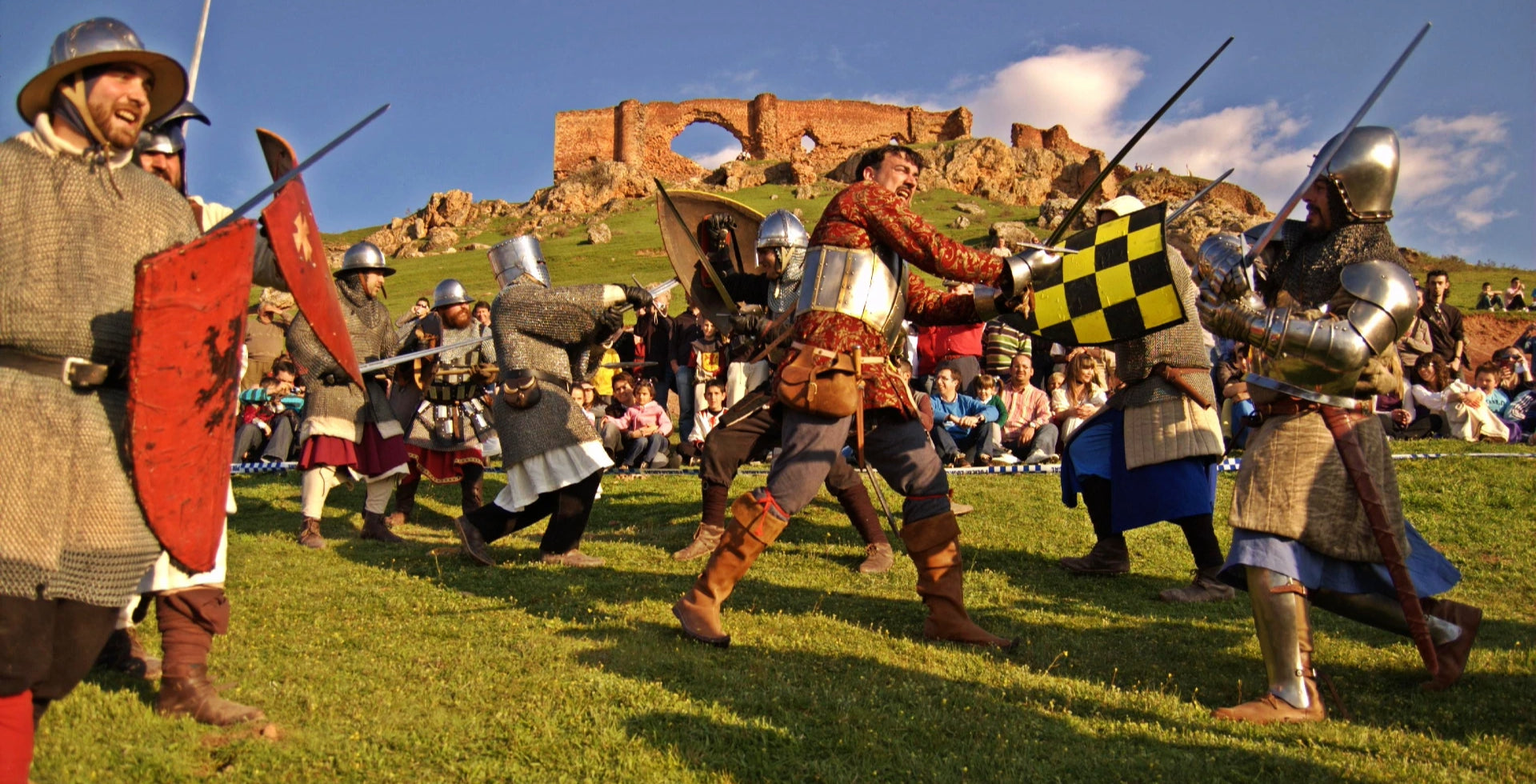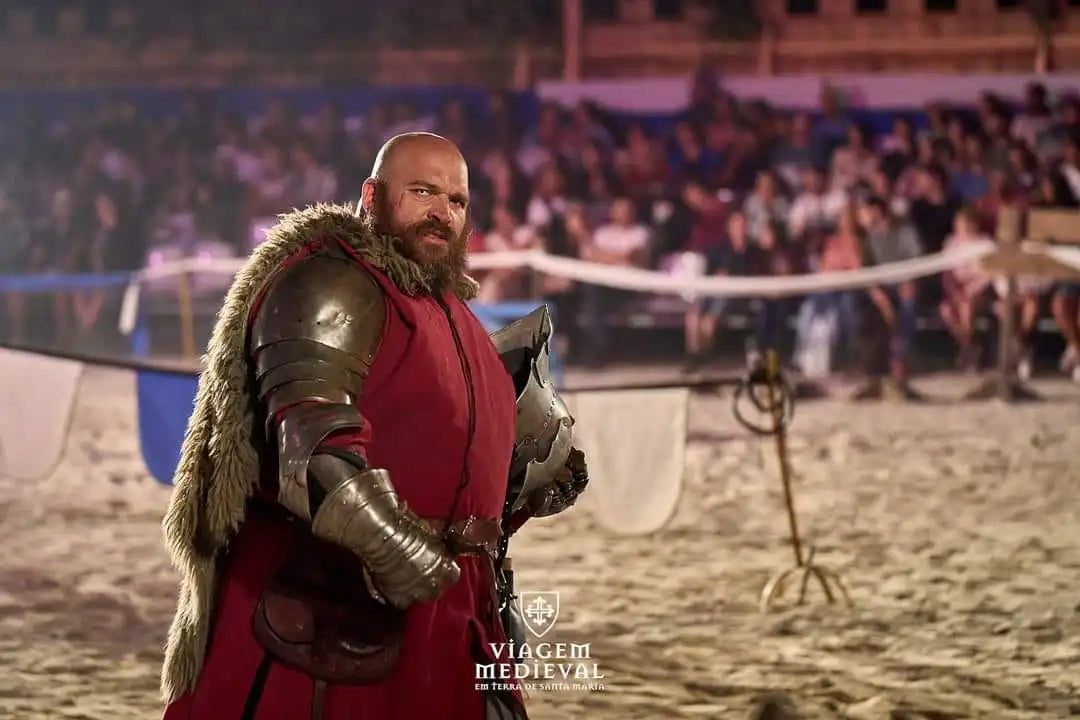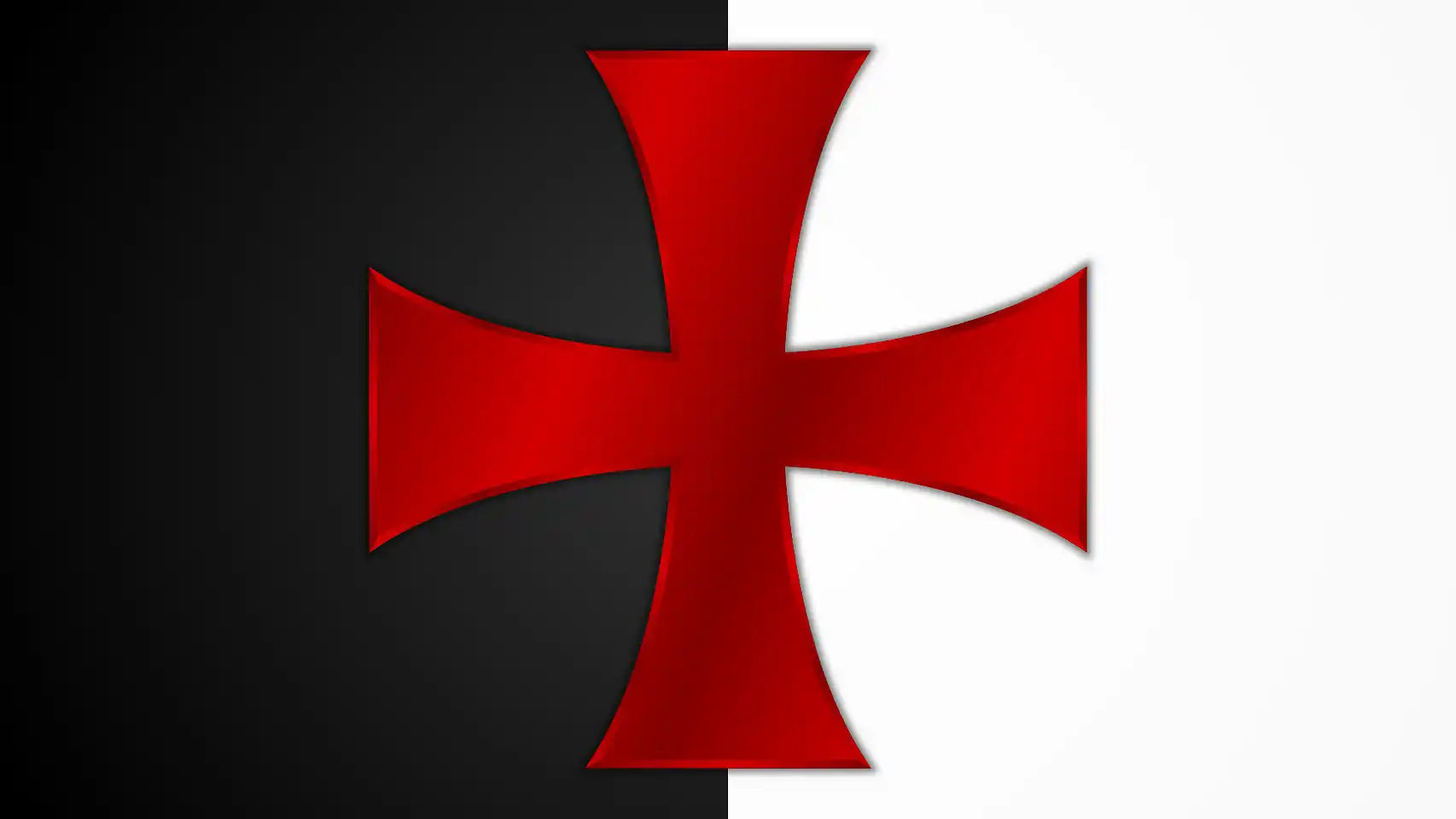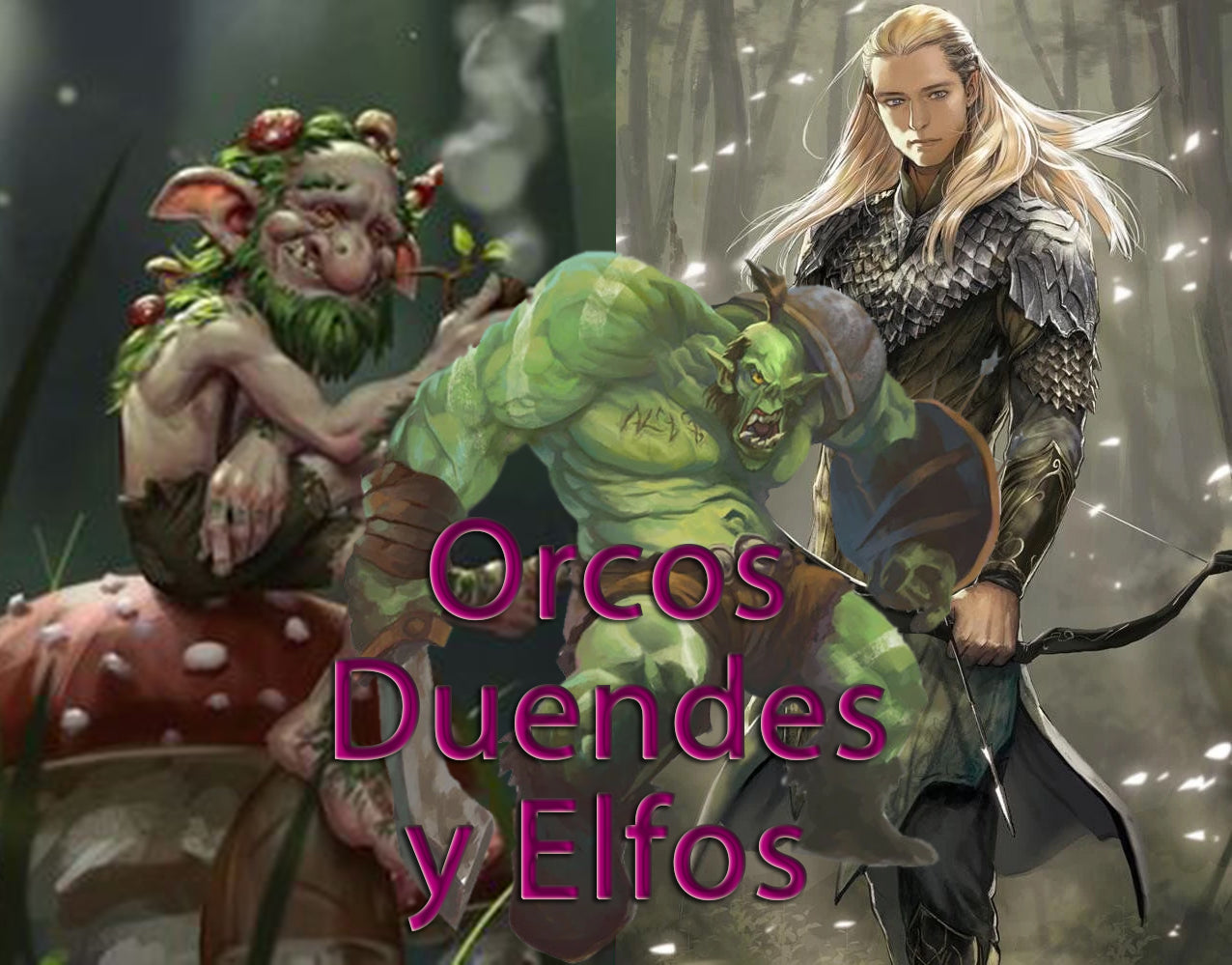Origins , evolution, differences, similarities and uses of Cornets and Trumpets in the Middle Ages
Medieval cornets and trumpets did not emerge from nowhere, but were forged over centuries of evolution, from natural objects to complex brass instruments.
Its development is deeply linked to rituals, wars, ceremonies and the symbolic power of sound.
Although they could be confused, the two instruments are not the same, so I invite you to continue reading to learn about their origin, evolution, differences, and uses during the Middle Ages, revealing how these instruments shaped European cultures and beyond.

Origin of the cornets: from nature to the instrument
Before the existence of brass musical instruments, humans discovered sound in natural objects. These marked the beginning of a long history of human association with sound, where the need to communicate remotely, transmit power, or invoke the sacred led to the creation of the first "wind instruments."
Animal horns: the sound of the Paleolithic
The use of animal horns to produce sound dates back to the Paleolithic, where hollow horns were selected from animals such as rams, oxen, antelopes, buffalos, and bulls.
The technique consisted of cutting the narrowest end and removing the internal tissues, achieving a powerful deep sound when blown strongly, useful in ceremonies, wars and long-distance communication.
Seashells: Instruments of the Oceans
In coastal regions, conch shells of species such as Charonia tritonis or Turbinella pyrum were used as wind instruments.
The transformation process consisted of cutting the apex of the spiral or piercing the top, creating an opening through which to blow.
They emitted a deep, sustained, vibrant sound that could be heard for miles. They produced a single frequency, although subtle variations could be achieved by modifying the mouthpiece or pressure.
Cultures such as Hindu, Tibetan, Polynesian, and Mesoamerican used them in rituals, war warnings, or religious signals.
In India, the shankha (a sea conch) is associated with divinity and is played in Hindu temples and rituals; it is an emblematic example of this sacred use.
The Mayans and Aztecs used shells to announce important events or to intimidate enemies on the battlefield.

The medieval metal bugle
Later, the first cornets were created from worked metal. These were curved, with a conical tube, directly inspired by the natural materials from which they originated. Their deep, resonant sound served to connect humans with their environment, divinity, and community.
Origin of trumpets: the advancement of metallurgy
With the development of metallurgy, instrument making evolved significantly, and with it, cornets gave way to the creation of trumpets.
Structure and sound
The first metal trumpets, unlike cornets, were straight or slightly curved, with cylindrical tubes of variable length, which maintained their diameter and only widened at the end.
Without valves or pistons, its range was limited to the upper harmonics.
Their robust and powerful design made them ideal for ceremonial or military contexts.

Trumpets in ancient civilizations
Bronze and silver trumpets have been found in ancient Egyptian tombs, such as that of Tutankhamun, dating back to around 1350 BC.
In Ancient Greece, straight bronze trumpets were also used for public or military events.
Similarities between cornets and trumpets
Despite their differences, both instruments share essential elements:
- They are wind instruments that produce sound by vibrating the lips on the mouthpiece.
- Its tuning depends on the performer's technique and air pressure.
- They did not have valves in the Middle Ages, so both used the natural harmonics of the tube.
Cornets and trumpets in the Middle Ages
Medieval cornets: oliphants and horns
Medieval bugles were derived from animal horns or made from carved ivory for the nobility. They had no moving parts and did not alter the notes. They were used for activities such as hunting, warfare, and surveillance.
Roland's oliphant, mentioned in La Chanson de Roland , is an iconic symbol of this usage, it was an ivory horn with which the hero attempted to call for help during an ambush.
Medieval trumpets: symbol of power and solemnity
Medieval trumpets were made of metal, long and straight, although towards the end of the Middle Ages some began to curve slightly, all with metal mouthpieces.
Although they lacked valves, expert trumpet players knew how to take advantage of their sound.
They were used in parades, royal ceremonies, religious events and official music.
Its prestige was significant: a symbol of nobility, power and authority.

The sound that shaped the Middle Ages
During the Middle Ages, cornets and trumpets coexisted as distinct but essential instruments. While cornets were practical, functional, and popular, trumpets were associated with ceremony and nobility.
Both represent the evolution of human ingenuity and the use of sound as a means of communication, identity, and power.
If you like medieval things, don't miss the opportunity to take a look at our Store .

